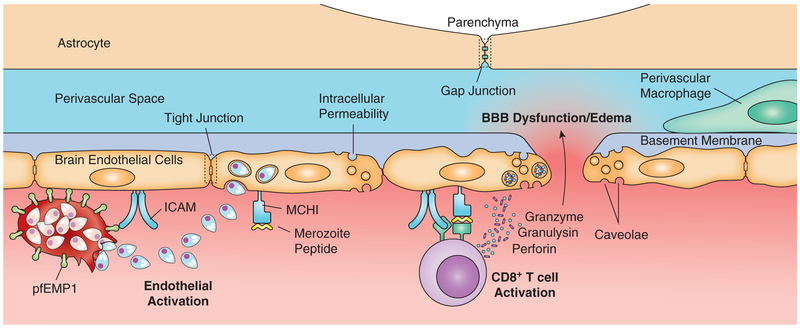Figure 2. Proposed mechanism of ECM BBB dysfunction.
Parasitized RBCs express PfEMP1 on their cell surfaces that mediate endothelia cell binding and sequestration of the infected RBCs in the brain vasculature. RBC rupture releases merozoites which are endocytosed by endothelia cells that then cross-present parasite antigens on MHC class I molecules to antigen–specific CD8+ T cells. Activated CD8+ T cells release perforin, granzyme, and granulysin which induce apoptotic signaling in endothelial cells, increases in caveolae fluid transport across the endothelium, and alteration of the endothelial cells’ tight junctions. The resultant enhanced permeability of the cerebrovasculature leads to enlargement of the perivascular spaces and edema formation—creating increased intercranial pressure which can ultimately be fatal.

